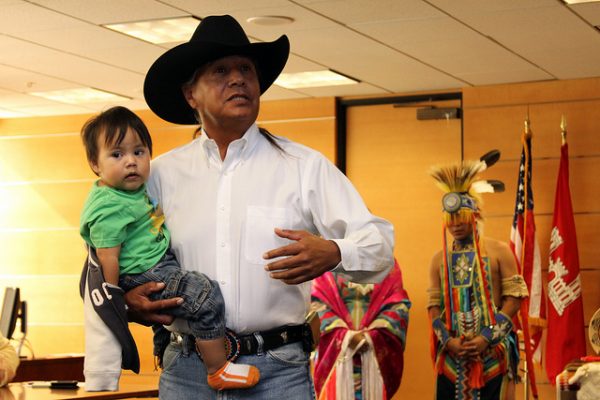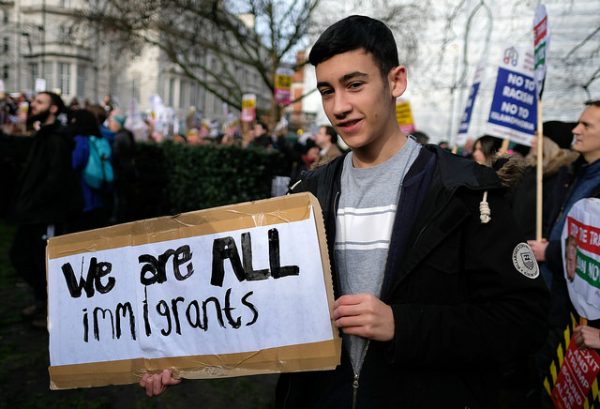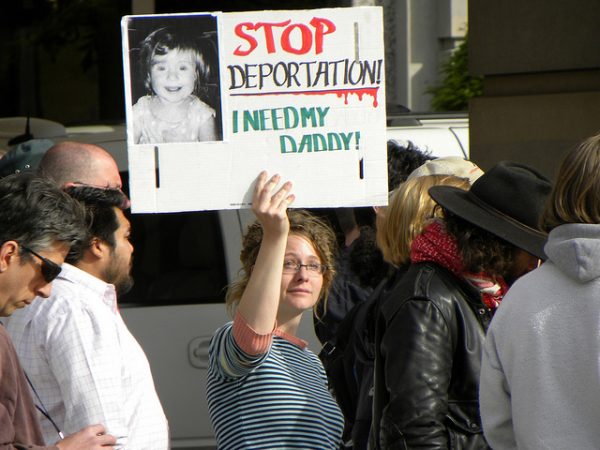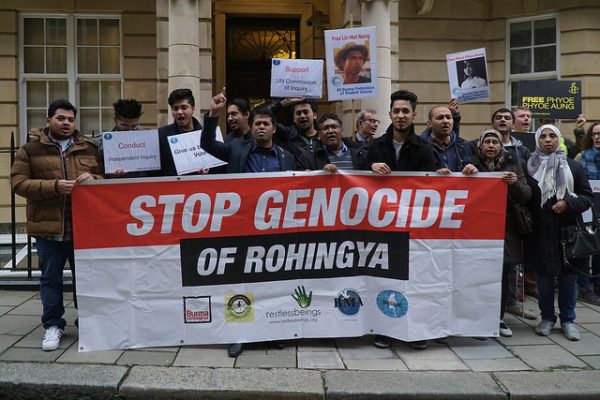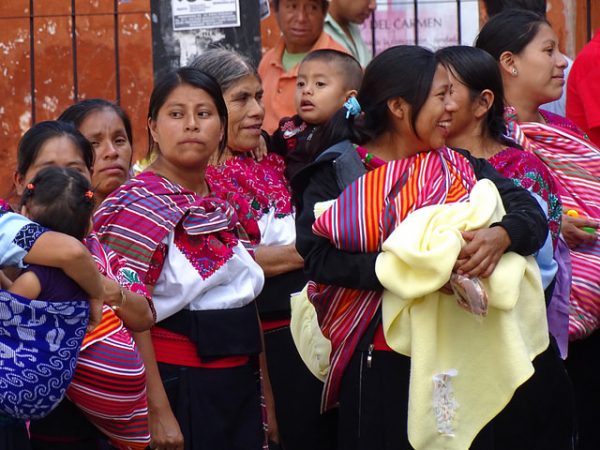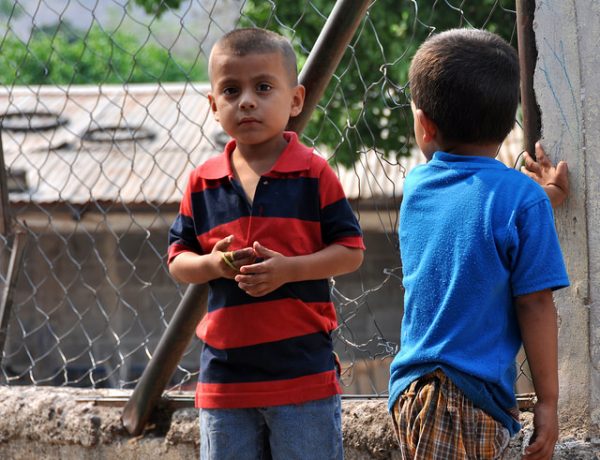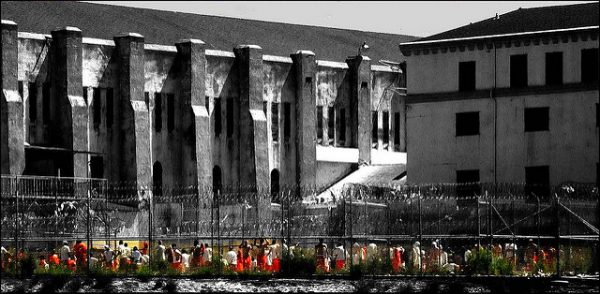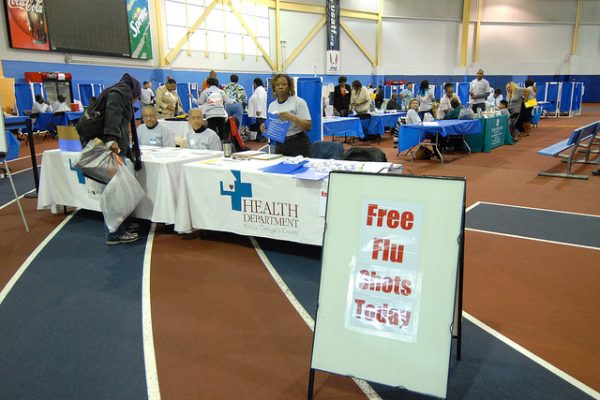
After President Trump blamed California state officials for not doing enough to fight and prevent wildfires, civil servants seem to be fed up. Though often understood as emotionless state bureaucrats, frontline workers of the state — from firefighters to social workers — must often deal with suffering, emergencies, and disasters in the everyday operations of their agencies. Social science research helps us understand how state actors manage these roles and maintain their own emotional wellbeing.
The work of state agents entails balancing institutional rules and scarce state resources. Their everyday decisions are thus an essential component of administering and implementing public policy. Because they control the distribution of services, state officials can become policymakers with considerable discretion in the daily implementation of state activities. Their work not only influences how state operations impact citizens’ lives, but it also shapes citizens’ perceptions of state legitimacy.
- Michael Lipsky. 2010. Street-Level Bureaucracy, 30th Anniversary Edition: Dilemmas of the Individual in Public Service. Russell Sage Foundation.
- Bernardo Zacka. 2017. When the State Meets the Street: Public Service and Moral Agency. Harvard University Press.
- Amy E. Lerman and Vesla M. Weaver. 2014. Arresting Citizenship: The Democratic Consequences of American Crime Control. University of Chicago Press.
Workers’ affective lives — their emotional challenges and commitments to institutions — impact the functioning of organizations. Unlike many politicians, scholars, or journalists, state bureaucrats have everyday contact with adversity, social problems, and vulnerable populations. For state officials who interact with the public, working with clients can be emotionally draining and even physically harmful. Civil servants suffer emotional and psychological distress as a result of their daily roles. The consequences of exhausting interactions are harmful to the purposes of the organization, as — in the process of routine operations — bureaucrats may develop special preferences, antipathies, and discrimination against their clients.
- Robert K. Merton. 1939. “Bureaucratic Structure and Personality.” Social Forces 18: 560-568.
- Charles R. Figley. 2013. Compassion Fatigue: Coping with Secondary Traumatic Stress Disorder in Those who Treat the Traumatized. Routledge.
- Joe Soss, Richard C. Fording, and Sanford F. Schram. 2011. Disciplining the Poor: Neoliberal Paternalism and the Persistent Power of Race. University of Chicago Press.
State agents thus perform a complex balancing act, both for society and for themselves. Instead of using the stereotype of bureaucrats as vile and insensitive, public policy decisions must also consider the operations of organizational behavior and the struggles of bureaucrats in providing state services.

